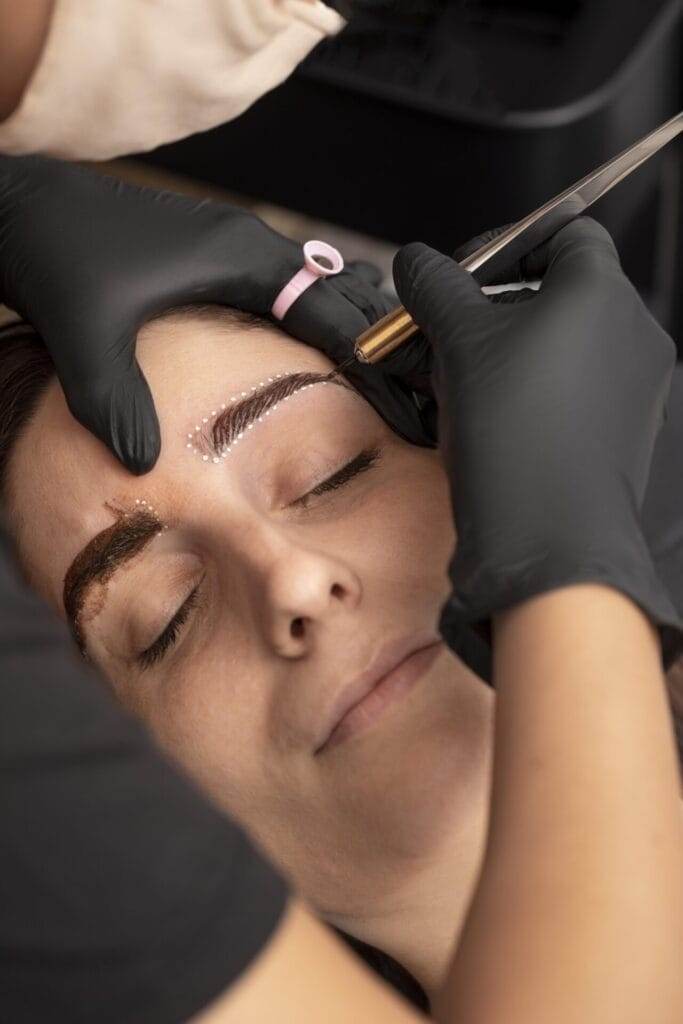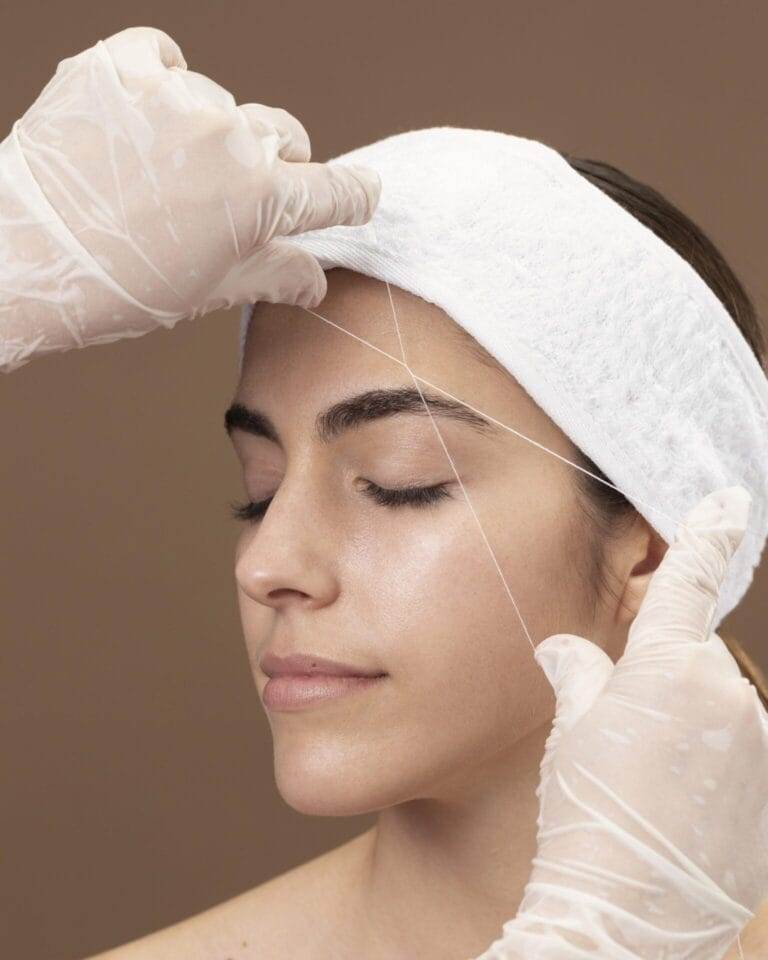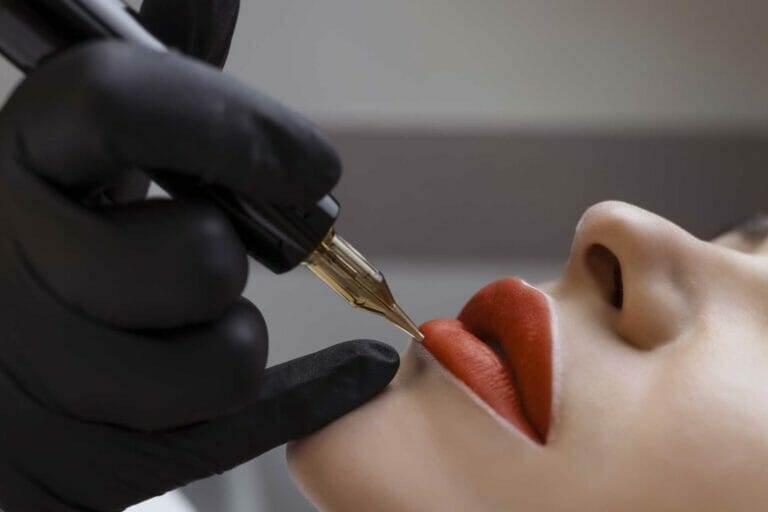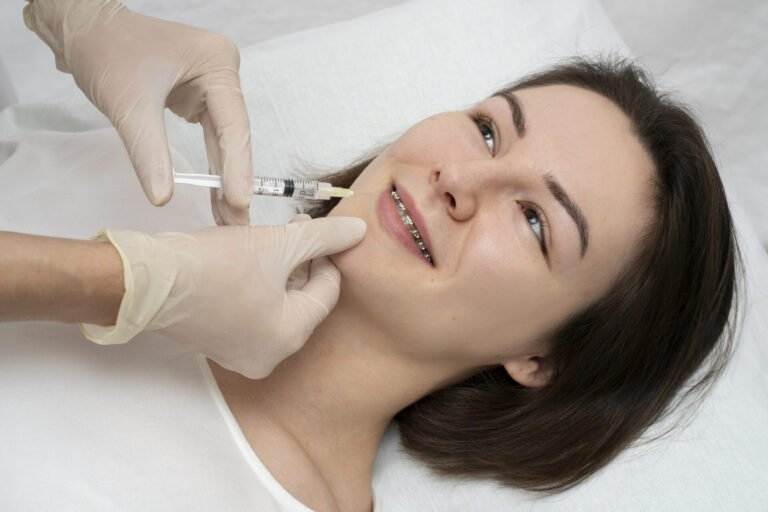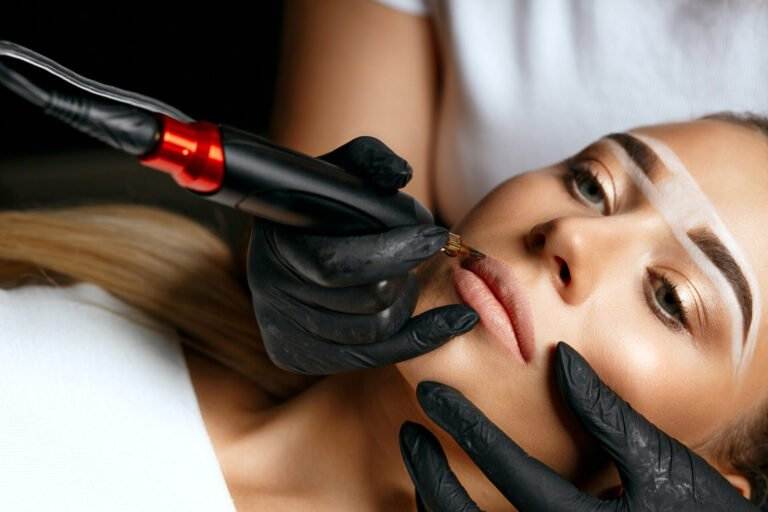Cosmetic tattooing, also known as permanent makeup or micropigmentation, is a procedure that involves the application of pigments to the skin to enhance certain features. It is a form of tattooing that is specifically designed to mimic the appearance of makeup. There are various types of cosmetic tattoos, including eyebrow tattoos, eyeliner tattoos, lip tattoos, and even freckle tattoos.
The benefits of cosmetic tattooing are numerous. For those who struggle with sparse or uneven eyebrows, eyebrow tattoos can create a fuller and more defined look. Eyeliner tattoos can save time and effort in the morning by eliminating the need to apply eyeliner every day. Lip tattoos can enhance the shape and color of the lips, creating a more youthful and vibrant appearance. Overall, cosmetic tattooing can help individuals feel more confident and save time in their daily beauty routines.
Preparing for Your Appointment: What to Do Before You Get Inked
Before getting a cosmetic tattoo, there are several steps you can take to prepare yourself and ensure a successful outcome. One important aspect of pre-tattoo care is to avoid certain medications and substances that can thin the blood, such as aspirin or alcohol. This is because thin blood can lead to increased bleeding during the tattooing process.
It is also important to keep the area to be tattooed clean and free from any irritants or infections. This means avoiding harsh skincare products or treatments in the days leading up to your appointment. Additionally, it is recommended to moisturize the area regularly to keep the skin hydrated and in optimal condition for tattooing.
During the appointment, you can expect the tattoo artist to discuss your desired results and make recommendations based on your features and preferences. They will then proceed with the tattooing process, which typically involves using a small handheld device to deposit pigments into the skin. The process may cause some discomfort, but numbing creams or local anesthesia can be used to minimize any pain.
After the tattoo is complete, the artist will provide you with post-tattoo care instructions. These instructions may include avoiding certain activities or products that can interfere with the healing process. It is important to follow these instructions carefully to ensure proper healing and long-lasting results.
Choosing the Right Design: Finding a Tattoo That Fits Your Style and Personality
Choosing the right design for your cosmetic tattoo is an important step in the process. There are several factors to consider when making this decision, including your personal style, facial features, and desired outcome.
One factor to consider is your personal style. It is important to choose a design that aligns with your overall aesthetic and complements your features. For example, if you prefer a natural look, you may opt for a more subtle eyebrow tattoo or a thin eyeliner tattoo. On the other hand, if you prefer a more dramatic look, you may choose a thicker eyebrow tattoo or a bold eyeliner tattoo.
Popular cosmetic tattoo designs include natural-looking eyebrows that mimic the appearance of real hair, subtle eyeliner tattoos that enhance the lash line, and lip tattoos that add color and definition to the lips. These designs can be customized to suit your individual preferences and desired outcome.
Customizing your tattoo design is another option to consider. A skilled tattoo artist can work with you to create a design that is unique and tailored to your specific needs. This may involve adjusting the shape, color, or thickness of the tattoo to achieve your desired look. By customizing your design, you can ensure that your cosmetic tattoo reflects your personality and enhances your natural beauty.
Understanding the Healing Process: What to Expect After Your Tattoo
After getting a cosmetic tattoo, it is important to understand the healing process and what to expect in the days and weeks following your appointment. The healing process typically occurs in several stages, each with its own characteristics and timeline.
The first stage of healing is the initial healing phase, which lasts for about a week. During this time, the tattooed area may be red, swollen, and tender. It is important to avoid touching or scratching the area to prevent infection or damage to the tattoo. It is also recommended to avoid direct sunlight or excessive sweating during this stage.
The second stage of healing is the scabbing and flaking stage, which typically occurs around one to two weeks after the tattoo. The tattooed area may develop scabs or flakes as it heals. It is important not to pick at these scabs or flakes, as this can lead to scarring or uneven healing. Instead, allow them to naturally fall off on their own.
The final stage of healing is the settling and fading stage, which occurs over several weeks or months. During this stage, the tattoo may appear slightly lighter or faded compared to the initial result. This is normal and expected, as the skin undergoes a natural exfoliation process. It is important to be patient during this stage and allow the tattoo to fully heal before assessing the final result.
During the healing process, it is common to experience some side effects, such as itching, dryness, or mild discomfort. These side effects can be managed by following the post-tattoo care instructions provided by your tattoo artist. It is important to keep the tattooed area clean and moisturized to promote proper healing and minimize any discomfort.
Aftercare: Tips for Keeping Your Tattoo Looking Fresh and Beautiful
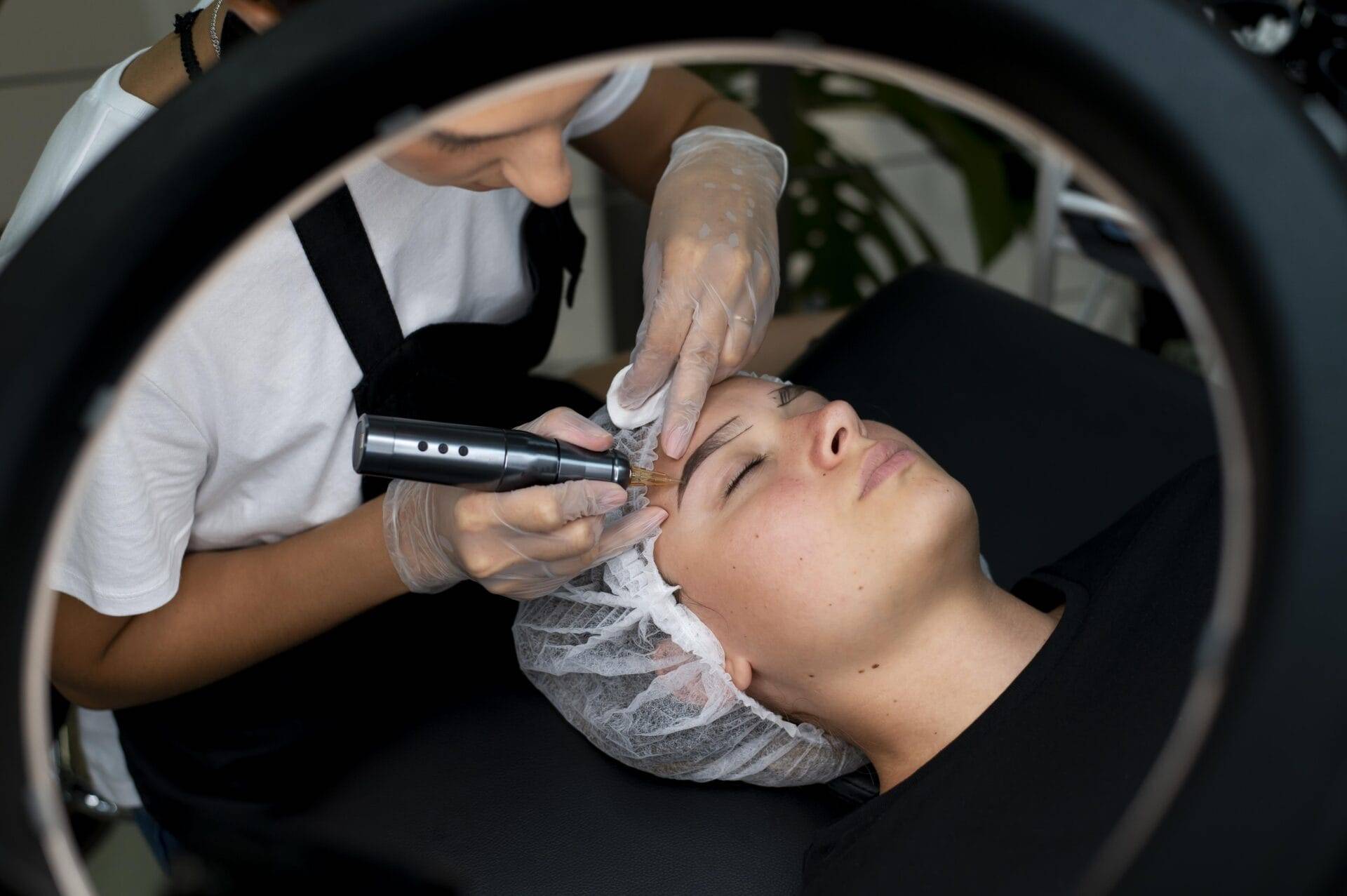
Aftercare is a crucial aspect of maintaining the appearance of your cosmetic tattoo and ensuring long-lasting results. Following the post-tattoo care instructions provided by your tattoo artist is essential for proper healing and optimal color retention.
One important aspect of aftercare is to keep the tattooed area clean and free from any irritants or infections. This means avoiding harsh skincare products or treatments that can interfere with the healing process. It is recommended to gently cleanse the area with a mild, fragrance-free cleanser and pat it dry with a clean towel.
Moisturizing the tattooed area regularly is also important for maintaining its appearance. This helps to keep the skin hydrated and prevent dryness or flaking. It is recommended to use a gentle, fragrance-free moisturizer that is specifically formulated for use on tattoos.
It is important to avoid exposing your tattoo to direct sunlight or excessive sweating during the healing process. This can cause the pigments to fade or become discolored. If you need to be in the sun, it is recommended to apply a broad-spectrum sunscreen with a high SPF to protect your tattoo from UV damage.
Avoiding Common Mistakes: What Not to Do During and After Your Tattoo
There are several common mistakes that individuals make during and after the tattooing process that can negatively impact the outcome of their cosmetic tattoo. By being aware of these mistakes and taking steps to avoid them, you can ensure a successful and satisfying experience.
One common mistake is not doing thorough research before choosing a tattoo artist. It is important to find a qualified and experienced professional who specializes in cosmetic tattooing. This ensures that you are in safe hands and increases the likelihood of achieving your desired results. Additionally, it is important to ask the tattoo artist several questions before booking an appointment to ensure that they meet your expectations and prioritize safety.
Another common mistake is not following the post-tattoo care instructions provided by your tattoo artist. Proper aftercare is crucial for the healing process and long-term appearance of your tattoo. It is important to follow the instructions carefully and avoid any activities or products that can interfere with healing or cause damage to the tattoo.
During the healing process, it is important to avoid picking at scabs or flakes that may develop on the tattooed area. Picking at these scabs can lead to scarring or uneven healing. Instead, allow them to naturally fall off on their own. It is also important to avoid scratching or rubbing the tattooed area, as this can cause irritation or infection.
Communicating with Your Tattoo Artist: How to Ensure You Get the Results You Want
Clear communication with your tattoo artist is essential for ensuring that you get the results you want from your cosmetic tattoo. It is important to express your ideas and preferences clearly so that the artist can understand your vision and work towards achieving it.
One way to communicate your ideas and preferences is by bringing reference photos or examples of the desired outcome to your appointment. This can help the tattoo artist understand your aesthetic preferences and provide guidance on how to achieve them. It is also helpful to discuss any concerns or questions you may have before the tattooing process begins.
During the tattooing process, it is important to give feedback to your tattoo artist. This can include providing input on the shape, color, or thickness of the tattoo as it is being applied. By giving feedback, you can ensure that the tattoo artist is on the right track and make any necessary adjustments along the way.
It is important to remember that cosmetic tattooing is a collaborative process between you and your tattoo artist. By maintaining open and clear communication throughout the process, you can work together to achieve the best possible results.
Managing Your Expectations: Understanding the Limitations of Cosmetic Tattooing
It is important to have realistic expectations for cosmetic tattooing and understand its limitations. While cosmetic tattoos can enhance your features and save time in your beauty routine, they are not a permanent solution and may require touch-ups over time.
One limitation of cosmetic tattooing is that the pigments used in the procedure will fade over time. This means that the tattoo may require touch-ups every few years to maintain its appearance. The longevity of the tattoo depends on various factors, including the type of pigment used, your skin type, and how well you care for your tattoo.
Another limitation is that cosmetic tattoos cannot completely replicate the appearance of traditional makeup. While they can enhance certain features and create a more polished look, they may not provide the same level of versatility or customization as traditional makeup. It is important to understand that cosmetic tattoos are a semi-permanent solution and may not be suitable for everyone’s preferences or lifestyle.
Managing your expectations and understanding these limitations can help prevent disappointment or dissatisfaction with your cosmetic tattoo. It is important to have realistic expectations and be open to adjustments or touch-ups as needed.
Maintaining Your Tattoo: How to Keep Your Ink Looking Great for Years to Come
Maintaining your cosmetic tattoo is essential for keeping it looking fresh and beautiful for years to come. There are several long-term care tips that can help preserve the color and appearance of your tattoo.
One important aspect of long-term care is to protect your tattoo from excessive sun exposure. UV rays can cause the pigments to fade or become discolored over time. It is recommended to apply a broad-spectrum sunscreen with a high SPF to the tattooed area whenever you are exposed to the sun. Additionally, wearing protective clothing, such as hats or long sleeves, can help shield your tattoo from the sun’s harmful rays.
Avoiding harsh skincare products or treatments is also important for maintaining your tattoo. Certain products, such as exfoliants or chemical peels, can cause the pigments to fade or become discolored. It is recommended to use gentle, fragrance-free skincare products and avoid any treatments that can interfere with the appearance of your tattoo.
If you notice any fading or changes in the appearance of your tattoo over time, it may be necessary to consider touch-up options. Touch-ups involve adding more pigment to the tattooed area to restore its color and vibrancy. It is recommended to consult with your tattoo artist to determine when and if touch-ups are necessary for your specific tattoo.
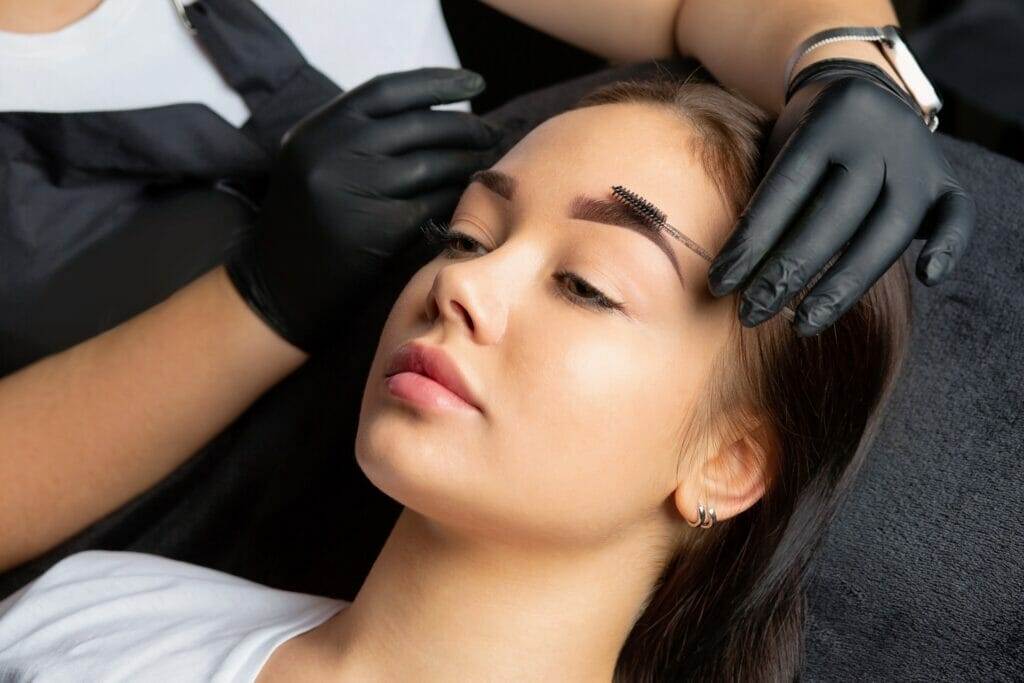
Embracing Your New Look with Confidence and Pride
In conclusion, cosmetic tattooing can be a transformative experience that enhances your natural beauty and saves time in your daily beauty routine. By understanding the basics of cosmetic tattooing, researching your tattoo artist, preparing for your appointment, choosing the right design, understanding the healing process, practicing aftercare, avoiding common mistakes, communicating with your tattoo artist, managing your expectations, maintaining your tattoo, and embracing your new look with confidence and pride, you can ensure a successful and satisfying experience.
Remember to share your experience with others and encourage them to explore the world of cosmetic tattooing. By sharing your story and insights, you can help others make informed decisions and feel more confident in their own beauty journeys. Embrace your new look with confidence and pride, knowing that you have taken the necessary steps to achieve the results you desire.

